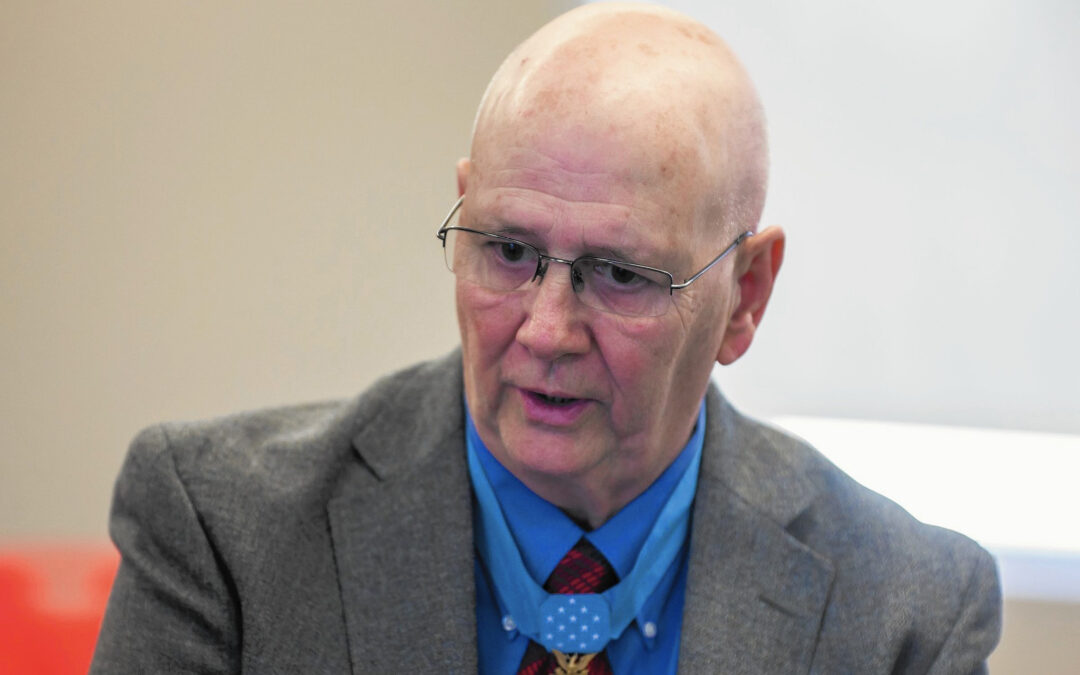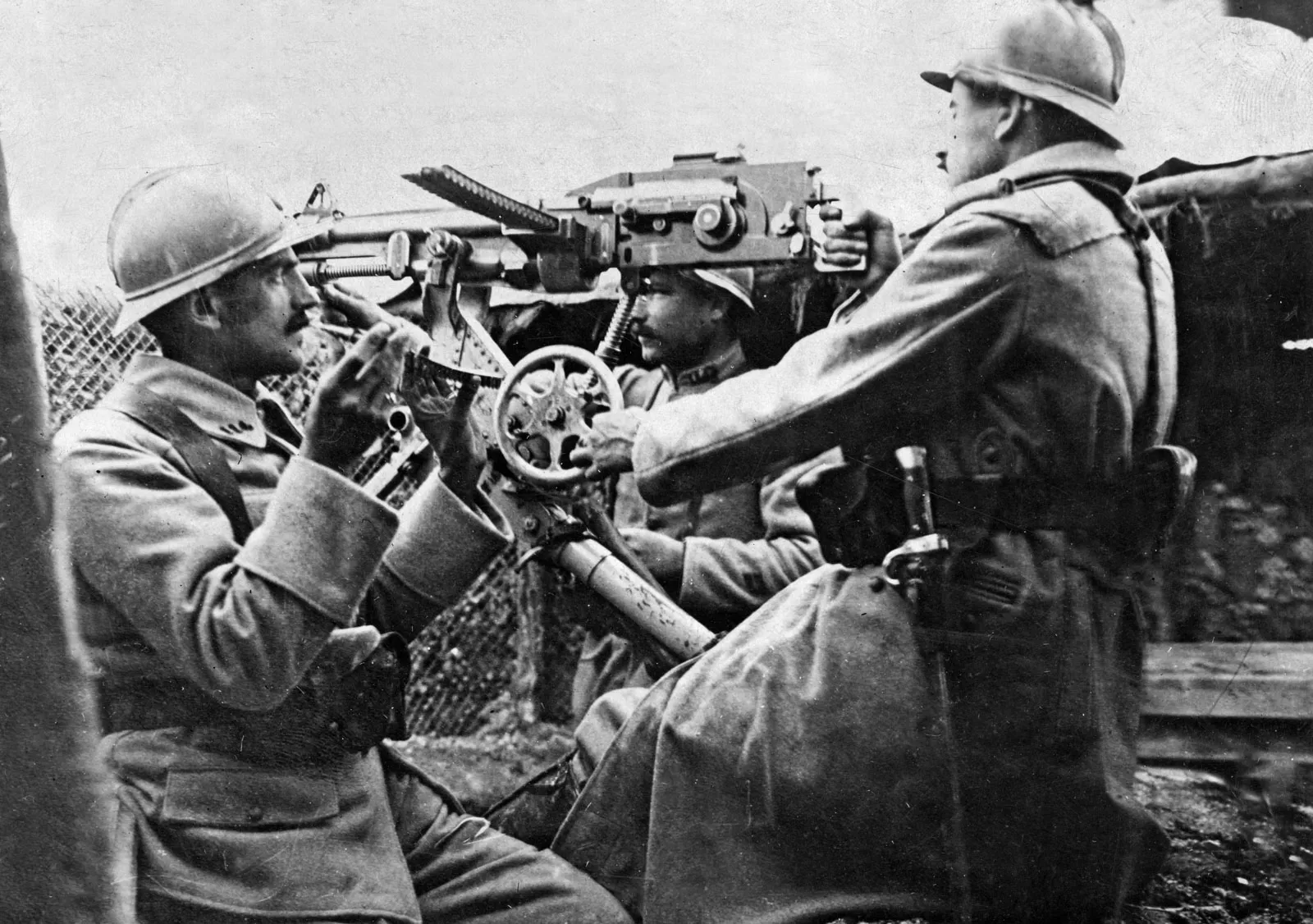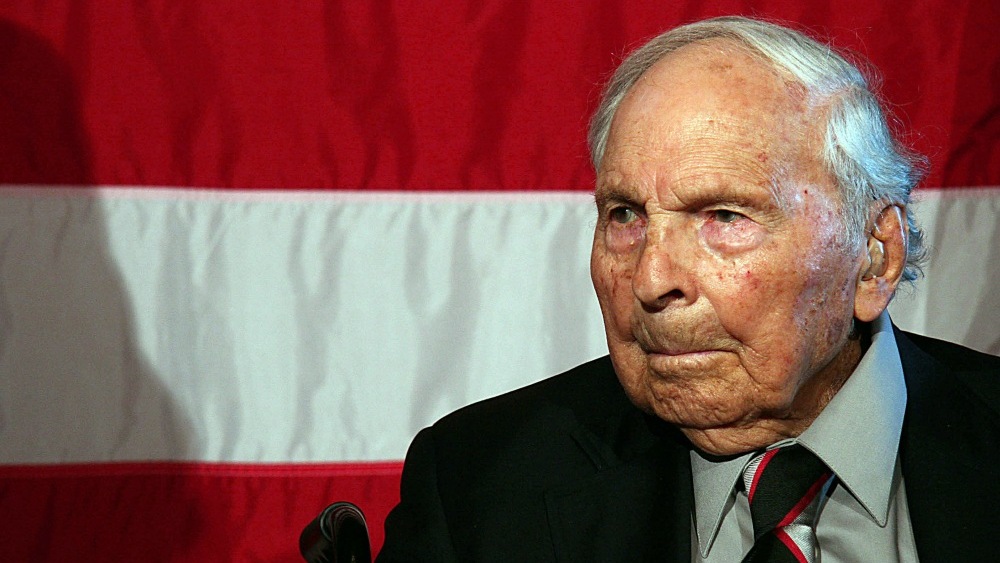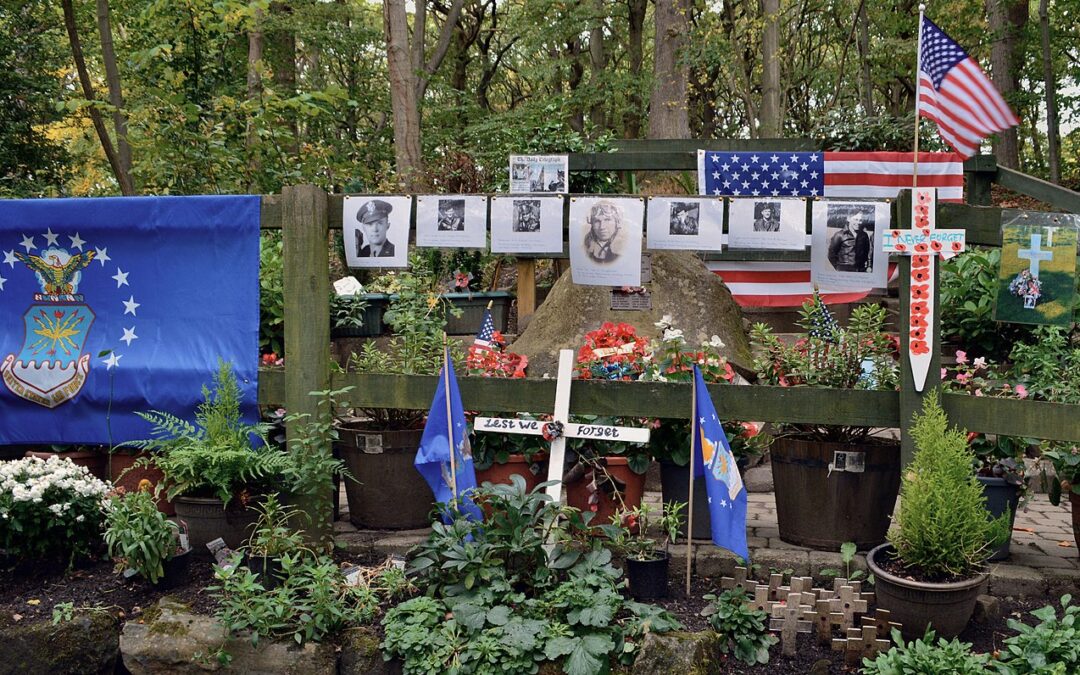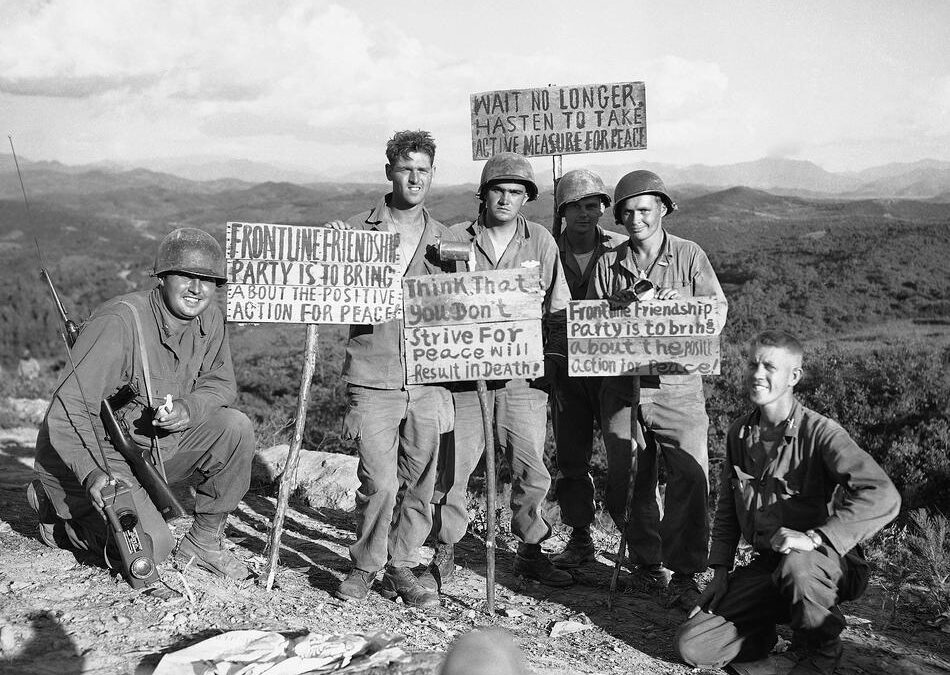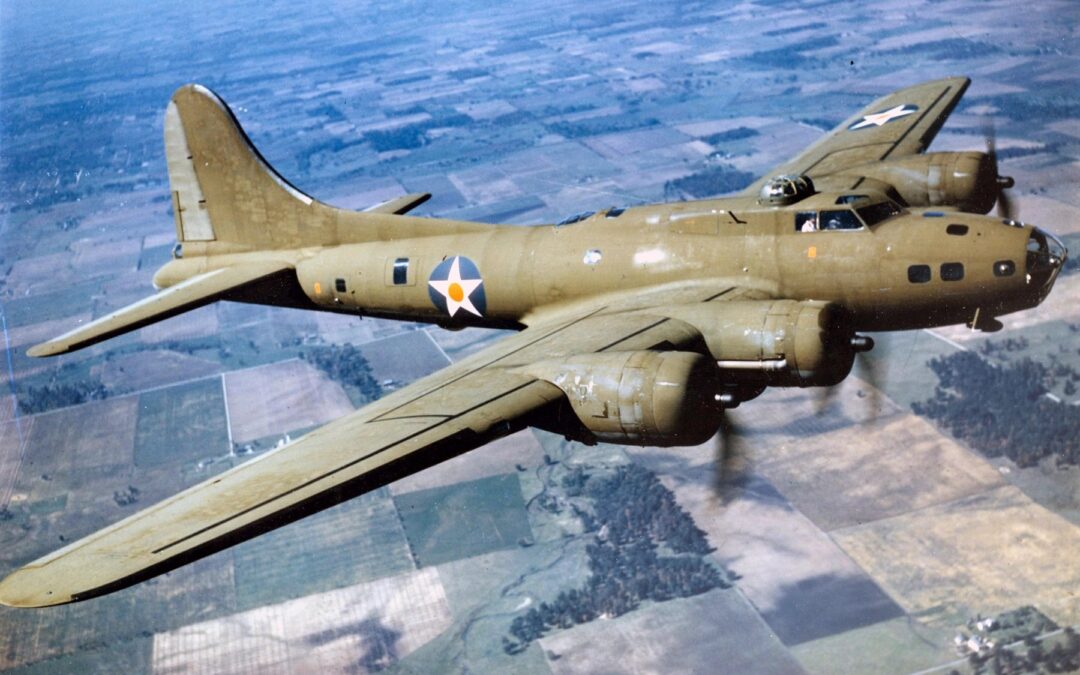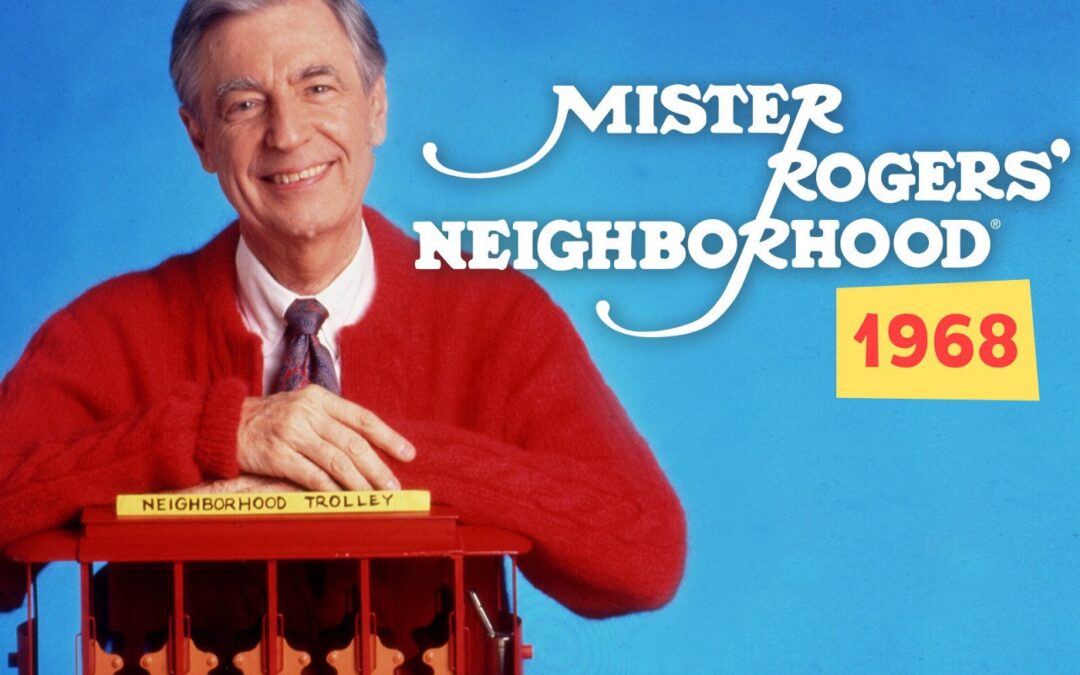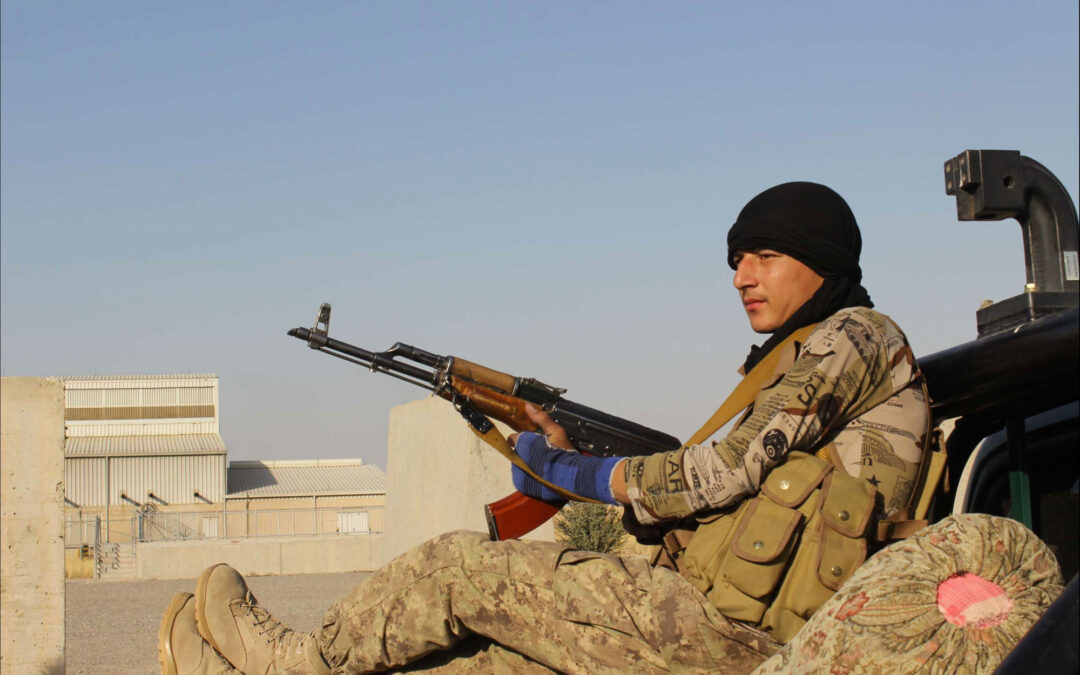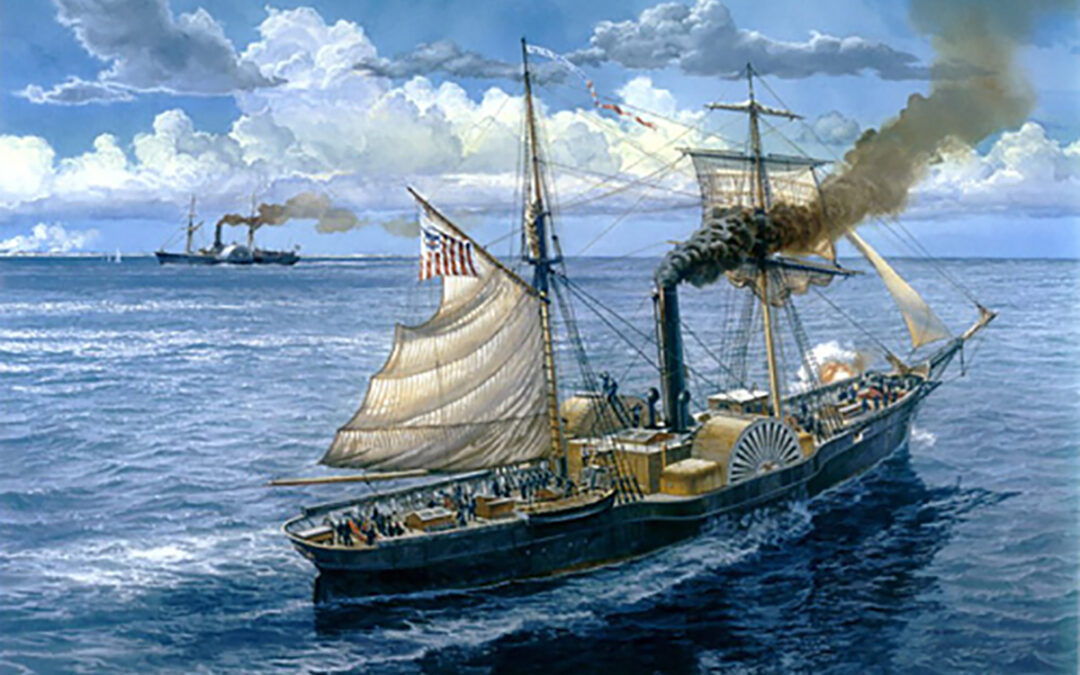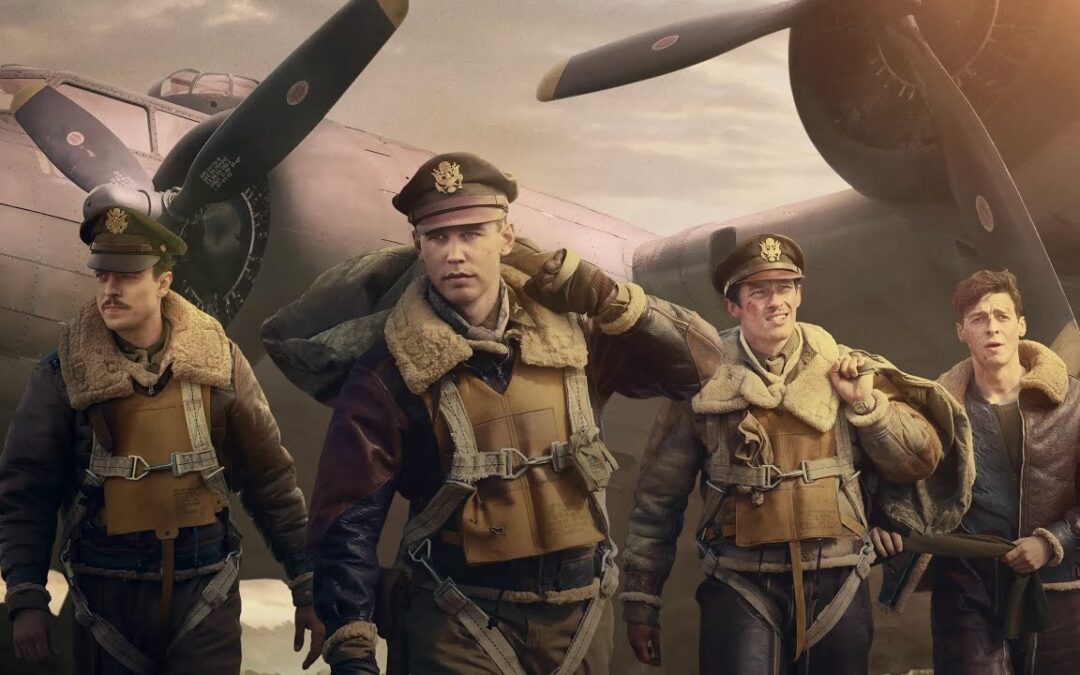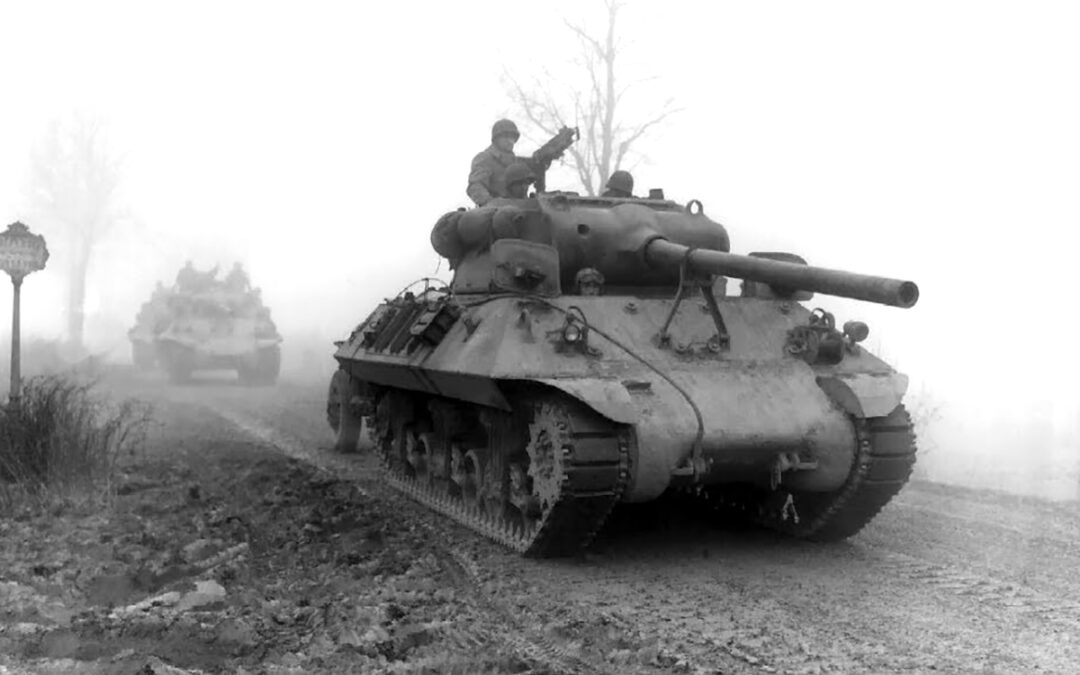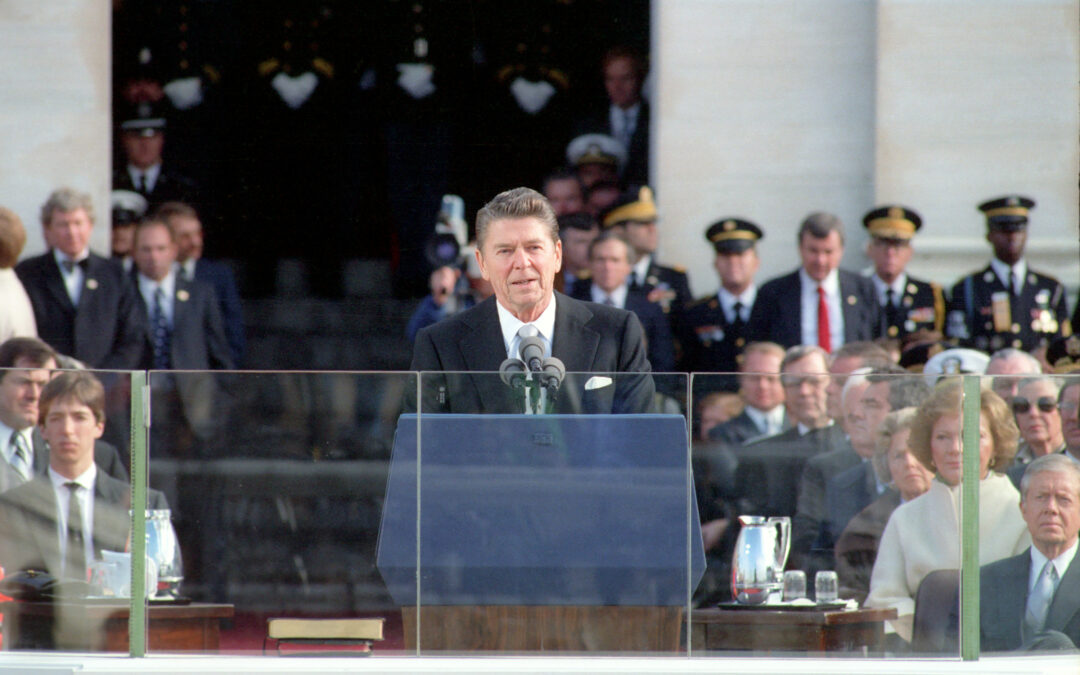When Allen James Lynch Graduated from high school, he knew he would either have to go to a college or trade school or wait to get drafted. He decided to chart his own course and join the Army. He didn't want to wait for something to happen to him, so he made his way to a recruiter. "I wasn't the hero you read about in books, you know," Allen said in a 2011 interview. "I was bullied a lot, pushed around in grade school, high school. I had a bad self-image. I had to test myself… I had to figure out who I was." Allen James Lynch Volunteered to Serve in Vietnam So Allen James Lynch joined the Army in 1964. Two years later, he volunteered to serve in Vietnam. Lynch arrived there with Company D, 1st Battalion of the 12th Cavalry Regiment, 1st Cavalry Division (Airmobile) on May 31, 1967. Around six months later, he would be fighting for his life and the lives of his fellow soldiers. For his acts of astonishing bravery under fire, he would receive the Medal of Honor. In...
